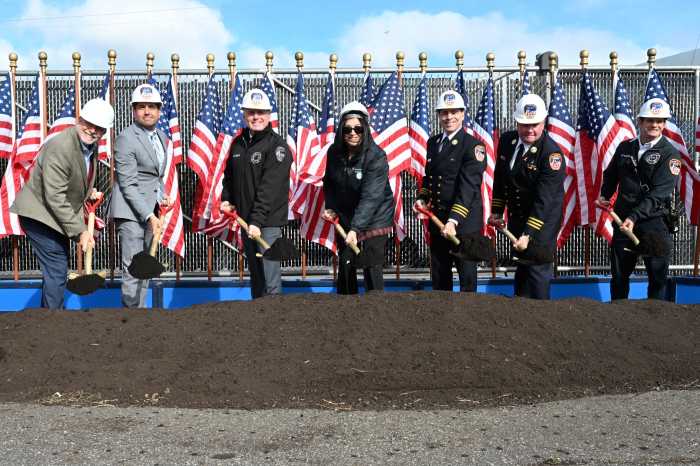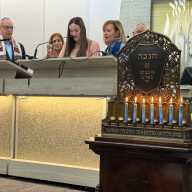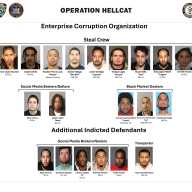“While the storm clouds gather[ed] far across the sea,” as the famous preamble to “God Bless America” goes, in the months leading up to the “day of infamy” that was Dec. 7, 1941, the greater Ridgewood area had been largely split on whether to enter World War II.
The community had seen a boisterous “America First Committee” among those most outspoken against America entering the global conflict against Nazi Germany, Italy and the Empire of Japan. They claimed isolation and neutrality were to preserve the peace in America and keep the destruction of war from hitting our shores — though it was ultimately learned that many in the America First movement had ulterior motives that sided with those who would become America’s enemies.
For many Ridgewood residents and Americans, though, war seemed inevitable. America’s involvement had been growing, largely through the Lend Lease Act, in which we supplied arms to Great Britain and other freedom fighters seeking to defeat Nazi treachery. Our relations with Japan were straining as the imperial forces invaded and conquered territory in the Pacific.
The Japanese attack on Pearl Harbor on Dec. 7, 1941, dissolved any talk of American isolationism or neutrality. The next day, after President Franklin D. Roosevelt’s stirring speech on Capitol Hill, the United States declared war on Japan — and subsequently, Nazi Germany and Italy declared war on the U.S.
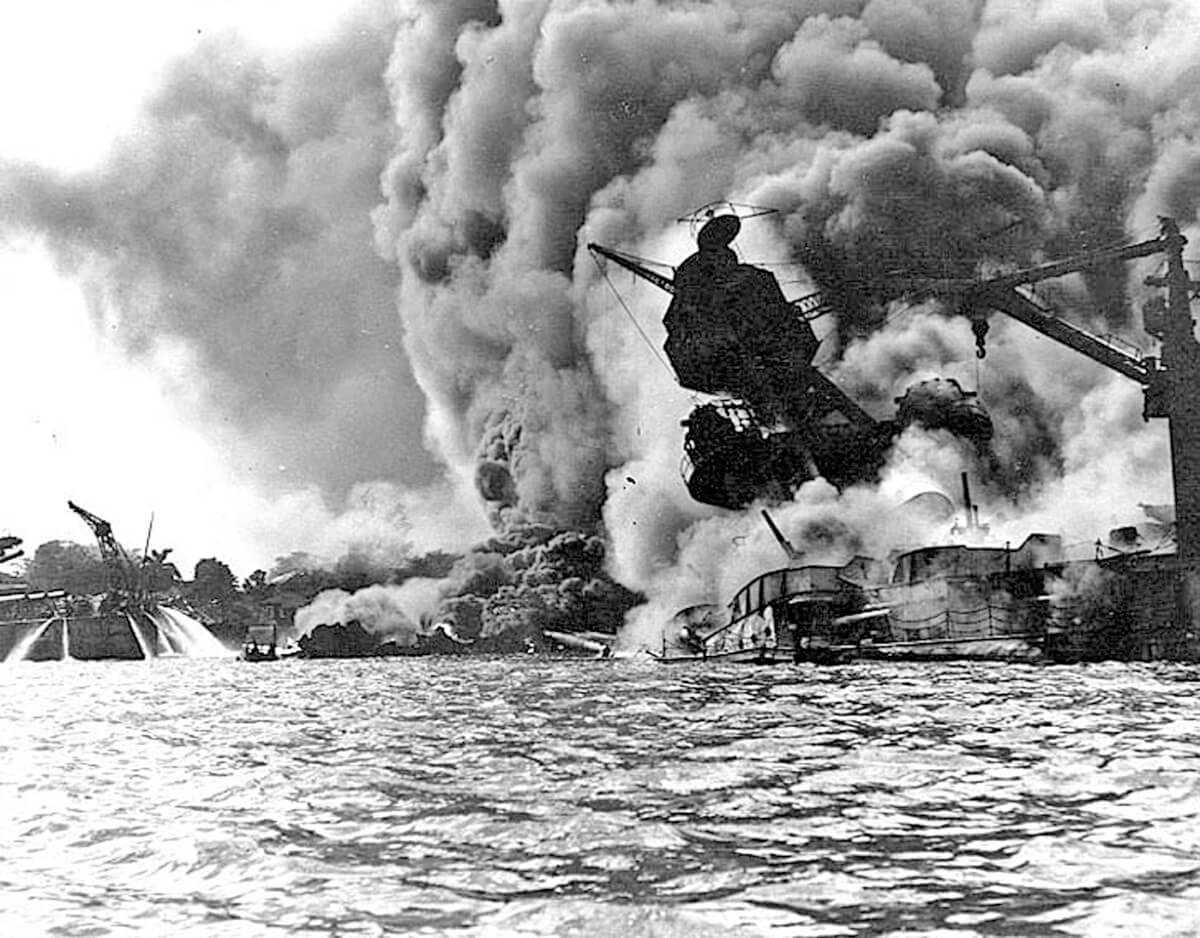
How does a local newspaper tackle such a monumental crisis? By taking the local approach. That’s what the Ridgewood Times did in its first issue after the Pearl Harbor attack, published on Friday, Dec. 12, 1941.
“Ridgewood Backs President” blares the paper’s headline stretching across the entire front page. It led an expansive story by Nino LoBello — a veteran reporter who would soon be thrust into service for America during the war — that gauged the mindset of local leaders and examined what the community was doing to prepare for conflict.
“This reporter spent four days scouting around and sizing up the area,” LoBello wrote. “He talked to leaders of the section, quizzed members of the community and watched the general attitude of the people along the main avenues.”
All in all, LoBello added, “President Roosevelt was given complete assurance by the community of its faith in any of his war moves.”
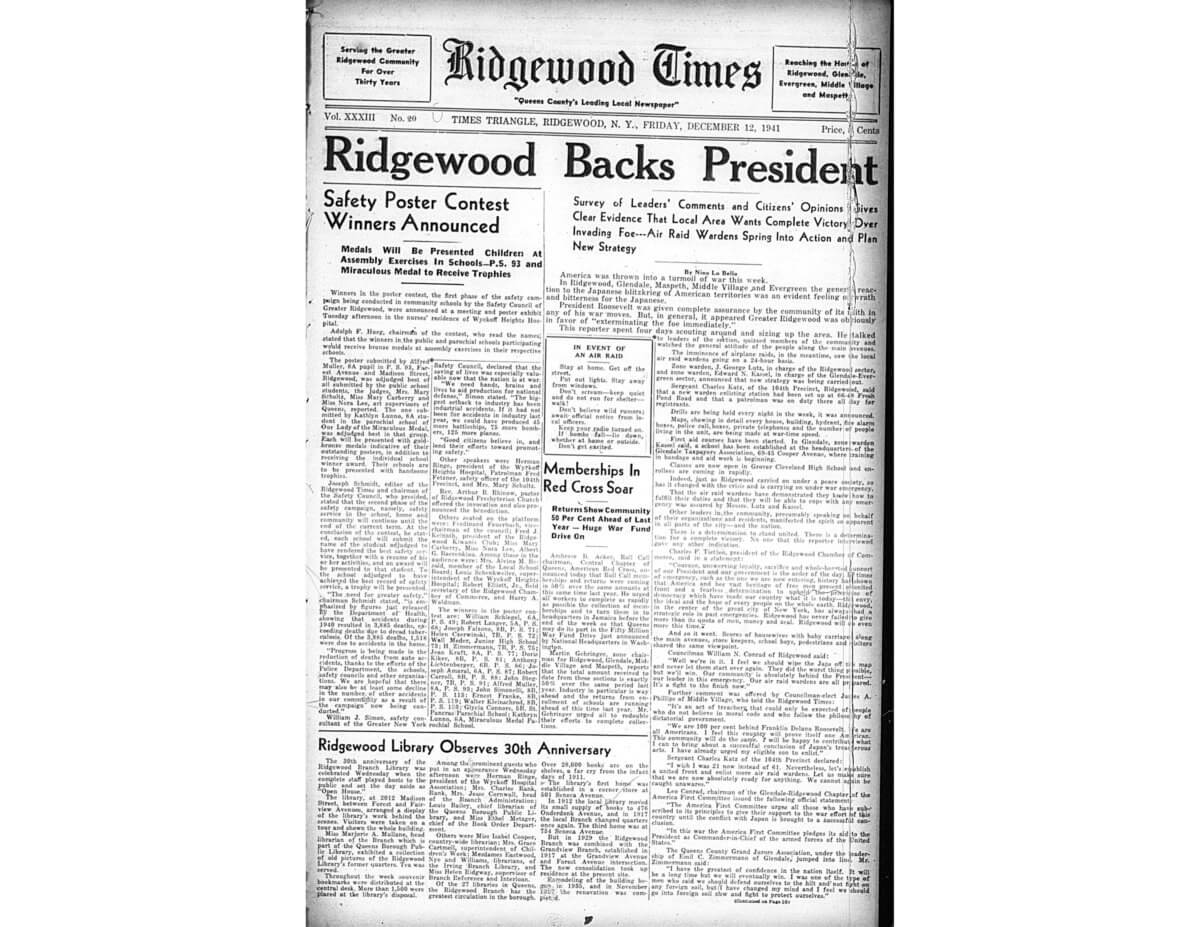
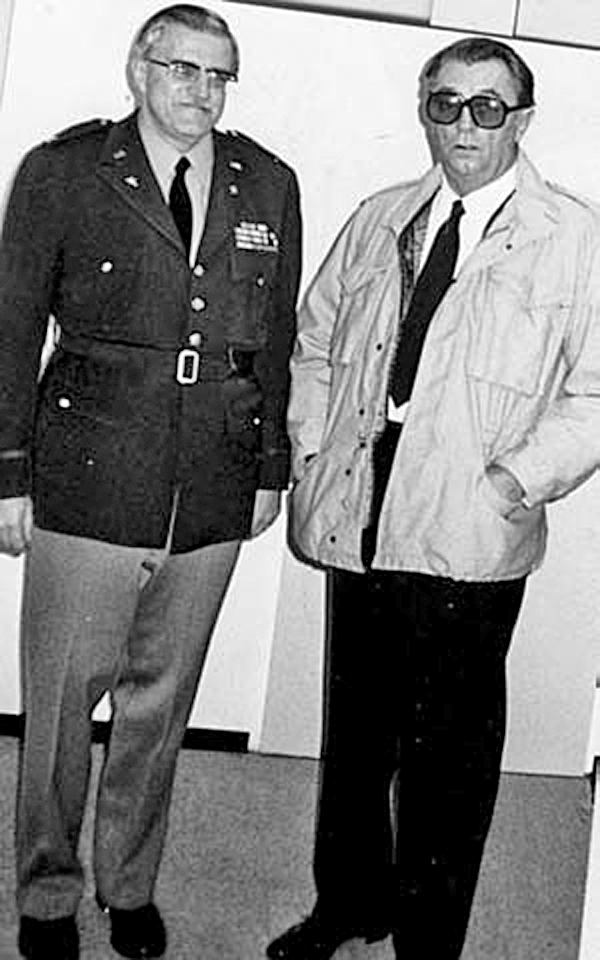
Preparing for attack
It’s hard for most of us to imagine today, but at the time, New Yorkers were genuinely concerned about a potential aerial attack and/or invasion from German forces. War was “no longer confined to the battlefield,” as Britain’s King George VI had proclaimed at the start of the conflict, and the risk of a German blitzkrieg in America was real in the minds of many.
LoBello touched on the local preparations for possible air raids in his front page story:
“The imminence of airplane raids, in the meantime, saw the local air raid wardens going on a 24-hour basis.
Zone warden J. George Lutz, in charge of the Ridgewood sector, and zone warden Edward N. Kassel, in charge of the Glendale-Evergreen sector, announced that new strategy was being carried out.
Sergeant Charles Katz, of the 104th Precinct, Ridgewood, said that a new warden enlisting station had been set up at 66-48 Fresh Pond Road, and that a patrolman was on duty there all day for registrants.
Drills are being held every night in the week, it was announced.
Maps, showing in detail every house, building, hydrant, fire alarm boxes, police call boxes, private telephones and the number of people living in the unit, are being made at war-time speed.
First aid courses have been started. In Glendale, zone warden Kassel said, a school has been established at the headquarters of the Glendale Taxpayers Association, 69-45 Cooper Ave., where training in bandage and aid work is beginning.
Classes are now open in Grover Cleveland High School and enrollees are coming in rapidly.
Indeed, just as Ridgewood carried on under a peace society, so has it changed with the crisis and is carrying on under war emergency. …
There is a determination to stand united. There is a determination for a complete victory. No one that this reporter interviewed gave any other indication.”
Simple advice
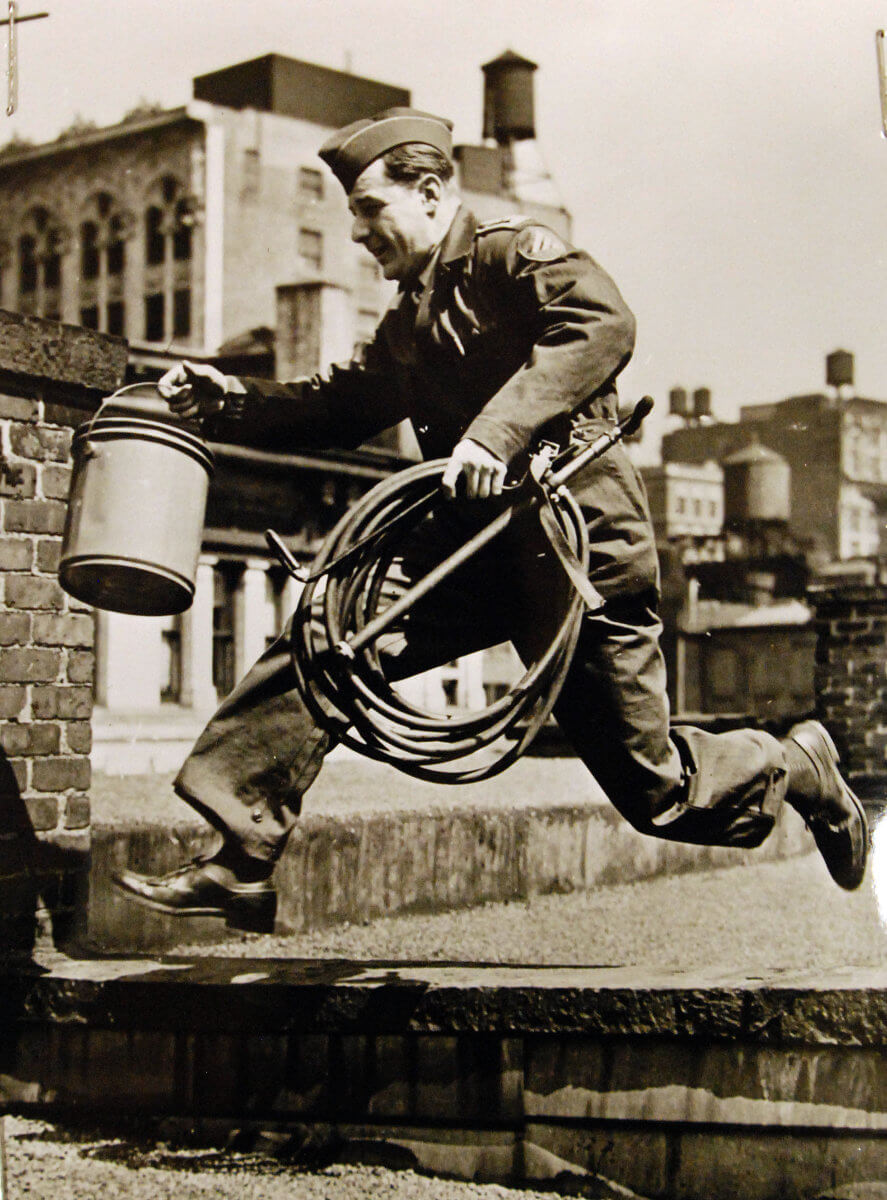
Air raid drills became a normal part of society during World War II. Overseen by Civil Defense wardens, the aim was to ensure that the entirety of a neighborhood was blacked out — not a single trace of light visible on the street to give the enemy any knowledge that they may have been approaching a community.
The front page of the Dec. 12, 1941, included simple instructions telling residents what to do “in event of an air raid.” They were as follows:
- Stay at home. Get off the street.
- Put out lights. Stay away from windows.
- Don’t scream — keep quiet and do not run for shelter, walk!
- Don’t believe wild rumors; await official notice from local officers.
- Keep your radio turned on.
- If bombs fall, lie down, whether at home or outside.
- Don’t get excited.
The following week’s paper, Dec. 19, also included instructions on what to know about an air raid alarm when it is activated.
“Long blast followed by short is an air raid alarm,” the paper noted. “A series of short blasts is a signal that all’s clear.”
Fortunately, Nazi bombs never fell on Ridgewood, or on American soil. The war was kept to the European and Pacific theaters, where thousands of local residents fought in defense of the United States, and against the forces of fascism and tyranny.
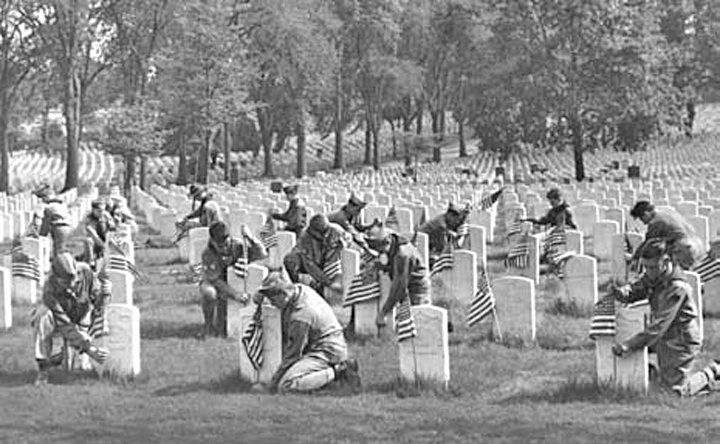
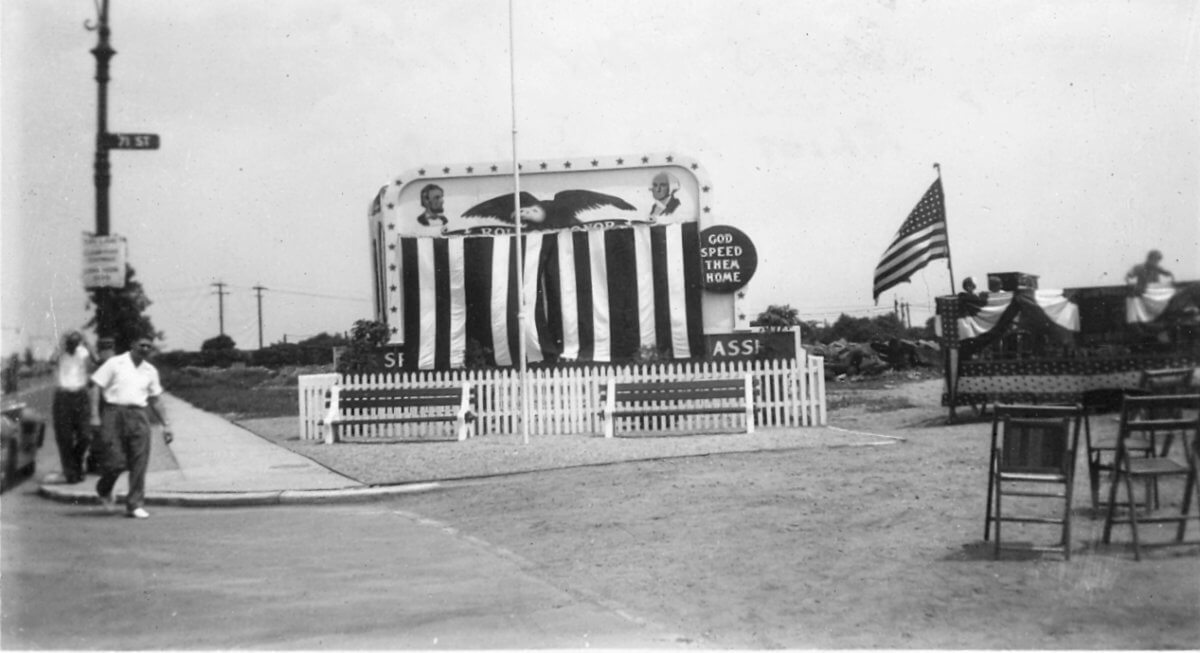
***
If you have any memories and photos that you’d like to share about “Our Neighborhood: The Way it Was,” write to The Old Timer, c/o Ridgewood Times, 45-17 Marathon Pkwy., Little Neck, NY 11362, or send an email to The Old Timer at editorial@ridgewoodtimes.com. Any mailed pictures will be returned to you upon request.


